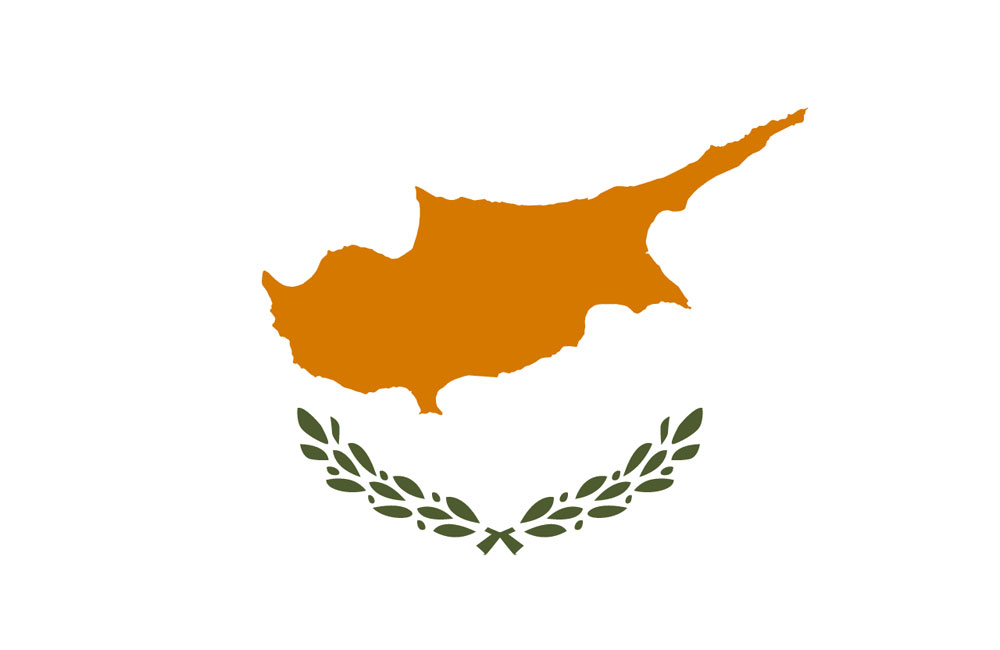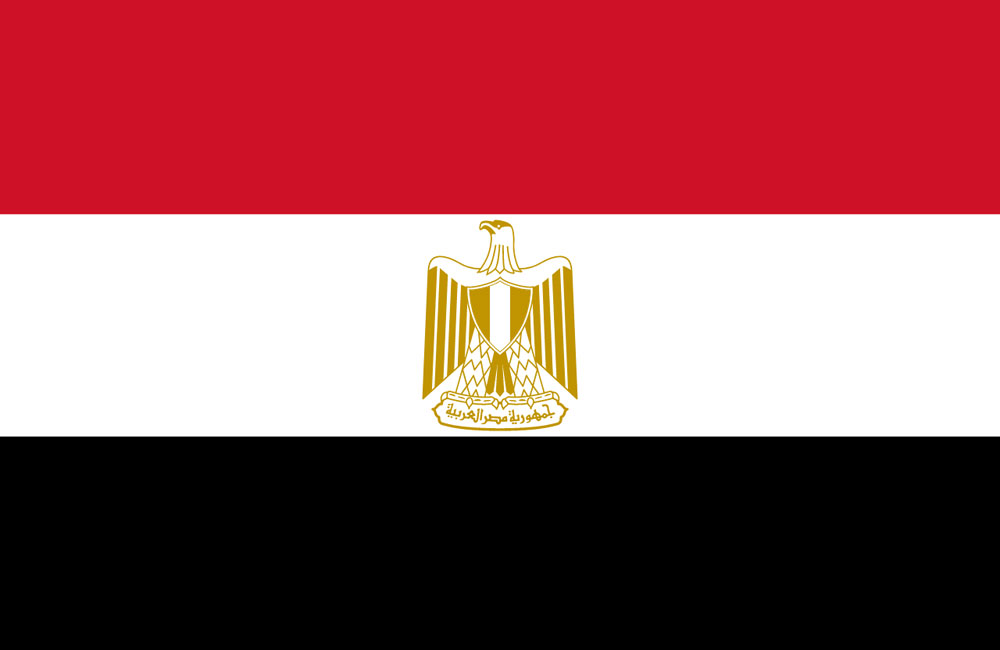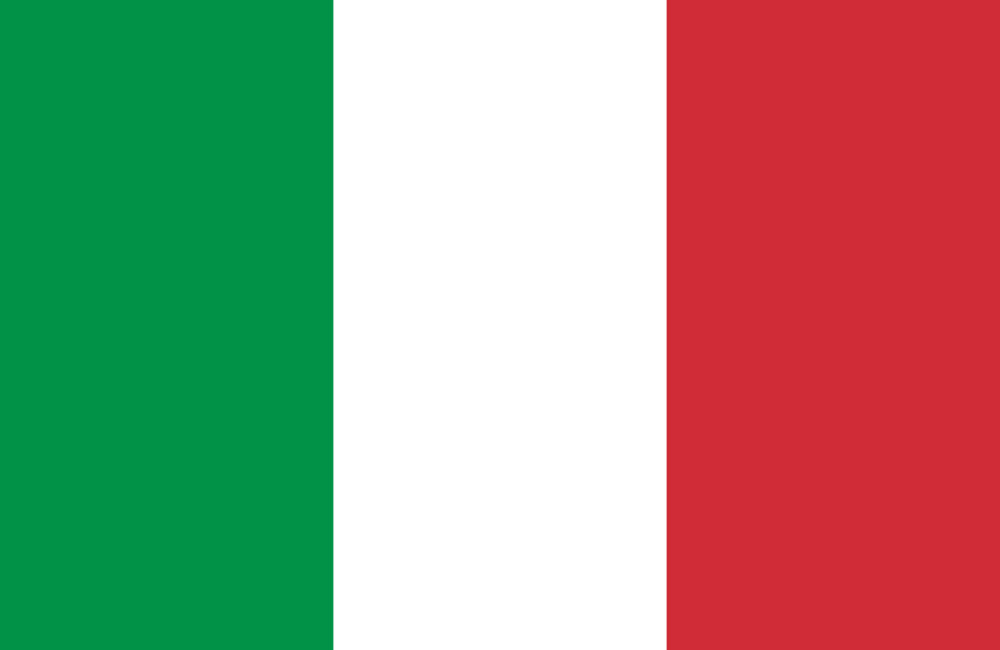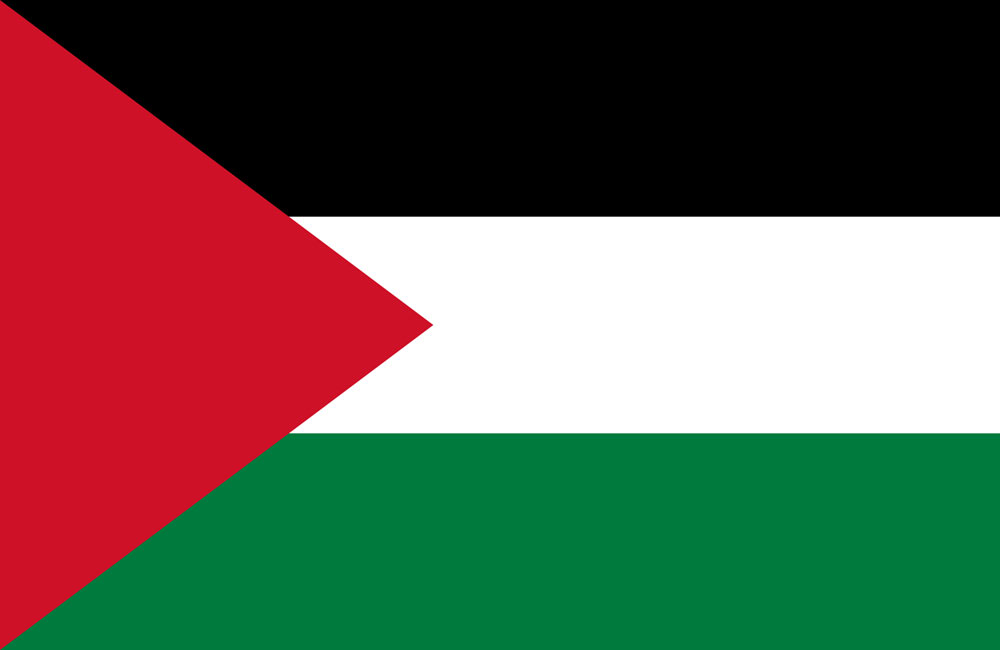History
Lebanon is one of the countries in the world where bees can find natural sources of nectar all year long. As a result, Lebanon’s honey is one of the best in the world. Honey production in Lebanon is predominantly mountain poly-floral honey, which means they feed on a variety of blossoms in the same space, which is also relatively uncommon and adds more health benefits to the honey. While orange blossom honey is produced in citrus groves, usually at lower altitudes along coastal zone in winter and spring. Mountain Honey is exported in small amounts to the region, but its quality can compete internationally. Total annual honey production vary between years since production is dependent on climatic changes.
Professional beekeepers in Lebanon try to profit from the variation in biodiversity, temperature and altitude by moving their beehives from coastal zone in winter & spring to medium altitude then to high altitude in the summer and produce different kind of Honey and reduce the risk of climatic changes on the hive productivity. Recently, the economic crisis that occurred reduced significantly the transhumance practices for many beekeepers.
Features that favor beekeeping
In Lebanon, in addition to the indigenous breed Apis mellifera syriaca, many non-endemic bee races are also present. The bee Apis mellifera ligustica, Apis mellifera caucasica originating from the high valleys of the Central Caucasus, Georgia is the “central homeland” for the subspecies. Apis mellifera carnica originating from Carinthia and Slovenia and the Buckfast breed, obtained by crossbreeding and selected by brother Adam in the Benedictine monastery of Buckfast in Devon (Great Britain). The import of queen bees induced a change of the characteristics of the indigenous breed.
The Lebanese flora is a typical eastern Mediterranean flora, characterized by mild winters and dry summers with some exceptional fluctuations. The forest vegetation is characterized by evergreen species mainly. Beside the Lebanese Cedar (Cedrus libani), the emblem of the country, many conifers exist such as Pinus pinea, Pinus brutia, Pinus halepensis, Juneperus excelsa, Juneperus oxicedrus, juneperus dupacea, Abies cilicica, Cupressus sempervirens.
In addition to conifers, forest trees include different species of oak and other species; Quercus caliprinos, Quercus infectoria, Quercus libani, Quercus cerris, Quercus coccifera, Salix libani, Ceratonia siliqua, Cercis siliquastrum, Prunus mahaleb, Prunus dulcis, Acer tauricolum, Pyrus syriaca, Acer syriacum Boiss. & Gaill, Pistacia palaestina/Terebinth, Rhus coriaria, Pistacia lentiscus, Arbutus andrachne, Crataegus azarolus.
The country is characterized by this biodiversity richness due to its topographic and climatic diversity going from coastal zones up to more than 3000 m OSL. These different climatic zones and biotope, gives the beekeeper the option of transhumance more than once a year in order to profit and produce diversified types of honey up to three seasons a year. In fact, flowers of nectariferous and melliferous plants are present in the country starting from Mid-February until late October with a great variability from a region to another.
In Lebanon, most probably, more than 200 species are of great importance for bees and beekeepers. Some of the most important species are: Inula viscosa, Ecballium elaterum, Ceratonia siliqua, Urginea maritima, Eryobotria japonica, Carthamus tinctorius, Quercus caliprinos, Lavendula stoechas.
Many beekeepers in Lebanon initiate the production of non-honey products such as: propolis, royal jelly, pollen, venom.




